The Taiwanese Defense Ministry delivered a report to the legislature on Thursday that said China’s belligerent military exercises around the island included “combat drills to carry out simulated attacks on U.S. ships that enter into the first island chain.”
The “first island chain” is essentially Taiwan’s outer defensive perimeter, a string of islands and archipelagos that runs from Taiwan through Japan and the Philippines. Both U.S. and Chinese military planners regard two passages through the first island chain as strategically vital for any assault on Taiwan or a potential conflict with Japan over the disputed Senkaku Islands. The People’s Liberation Army (PLA) of China views the first island chain as a fence that must be penetrated before any offensive naval operation can be undertaken.
According to the Taiwanese Defense Ministry report, the temper-tantrum naval exercises China launched after House Speaker Nancy Pelosi (D-CA) visited Taiwan last month are focused on penetrating the first island chain, defeating the U.S. Navy if it tries to intervene, and expanding beyond the first island chain to hold all foreign forces at bay while the PLA either invades or blockades Taiwan.
The Defense Ministry said China is bolstering its invasion capabilities by drafting civilian ships as amphibious troop carriers, preparing to bring another aircraft carrier online in 2025, preparing commando operations to knock out Taiwan’s defenses, and developing extensive electronic warfare capabilities.
The Taiwanese report expected China to make a major push for “strategic control” of Taiwan no later than 2035. The Defense Ministry expected China to step up its “gray zone” strategy, which aims to exhaust Taiwan’s defense forces with constant incursions into the island’s outer perimeter.
Most “gray zone” harassment to date has involved Chinese warplanes entering Taiwan’s Air Defense Identification Zone (ADIZ), but the Defense Ministry report anticipated increasing harassment from surface naval vessels and small boats.
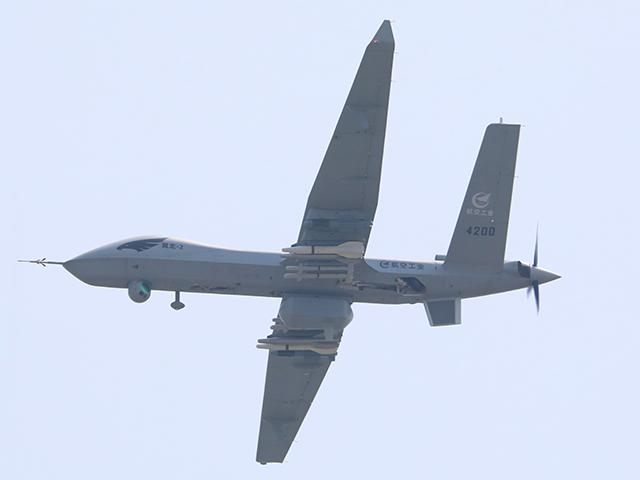
A Yilong II (Wing-Loong II) unmanned reconnaissance-strike drone on September 28, 2021 in Zhuhai, Guangdong Province of China. (VCG/VCG via Getty Images)
On Wednesday, Taiwan signed a seven-year contract with the United States to purchase four SeaGuardian surveillance drones at a cost of $555 million. The MQ-9B SeaGuardian boasts enhanced endurance for long-range maritime surveillance, a capability that will be useful for dealing with increased Chinese naval provocations.
The Defense Ministry report said China is carefully studying Russia’s invasion of Ukraine to improve its own war plans for Taiwan, with particular interest in Russian strongman Vladimir Putin’s attempts to keep NATO at bay with threats of nuclear war.
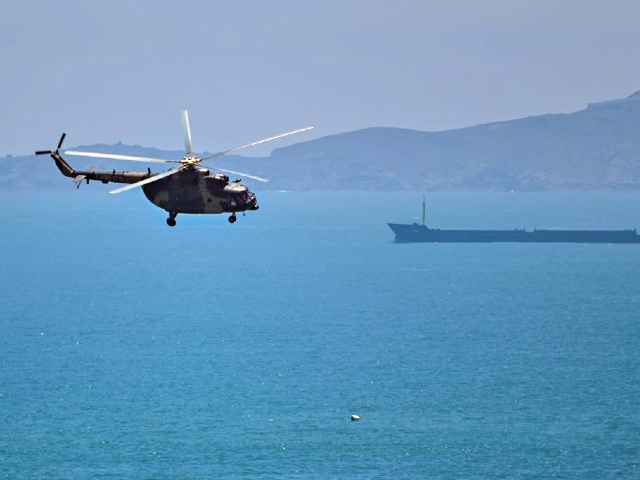
A Chinese military helicopter flies past Pingtan island, one of mainland China’s closest point from Taiwan, in Fujian province on August 4, 2022, ahead of massive military drills off Taiwan following US House Speaker Nancy Pelosi’s visit to the self-ruled island (HECTOR RETAMAL/AFP via Getty Images)
“The report for the first time included a chapter on nonmilitary activities targeting Taiwan, including joint exercises of maritime forces, navy and coast guard units, and the utilization of fishing boats and scientific vessels to provide cover for military patrols,” the Taipei Times reported.
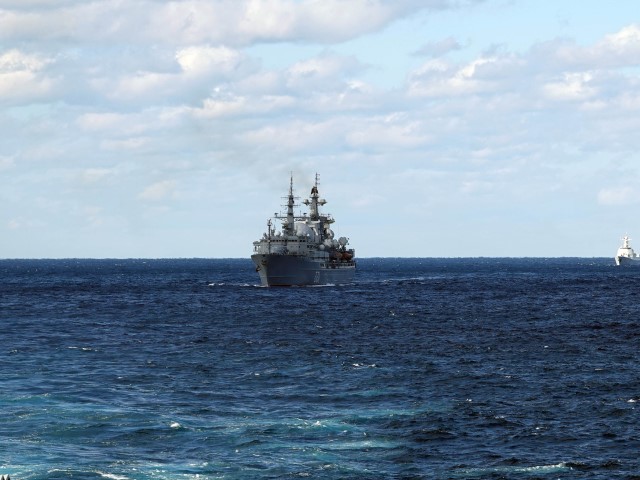
The warship formations of China and Russia sail through the Tsugaru Strait during the naval exercise Joint Sea-2021 on October 18, 2021 in the Western part of the Pacific Ocean. (Sun Zifa/China News Service via Getty Images)
The Defense Ministry believes China used its recent military exercises around Taiwan to conduct “targeted intelligence gathering operations” and “intensify its campaign of cognitive warfare against Taiwan.”
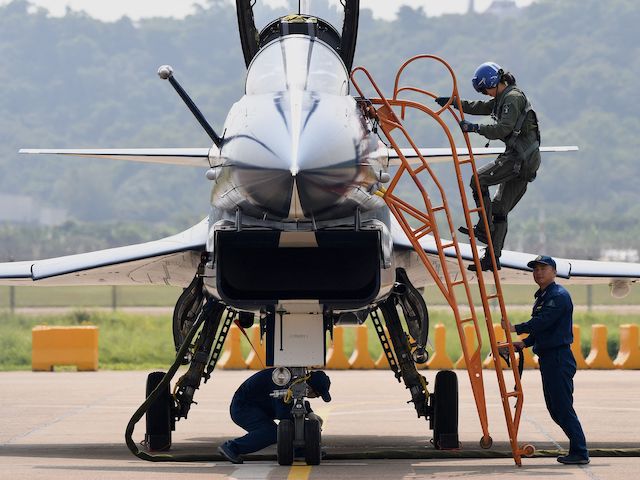
A female pilot exits the cockpit of a Chengdu Aircraft Corporation’s J-10 for the People’s Liberation Army Air Force (PLAAF) on September 28, 2021. (Noel Celis/AFP via Getty Images)
In a modestly optimistic note, Taiwanese analysts believe China concluded it does not yet have the amphibious troop deployment capability it would need for an invasion of the island. On the other hand, the Defense Ministry was deeply concerned about China expanding airfields that cover Taiwanese waters and the South China Sea, and China’s growing proficiency with “hybrid warfare,” which could reduce the amount of military force needed to capture the island by making extensive use of cyber-warfare and disinformation operations.
Maj. Gen. Lin Wen-huang, head of planning for the Taiwanese Defense Ministry, said his forces are prepared to “exercise our self-defense rights without exception” if Chinese military vessels or warplanes come within 12 nautical miles of Taiwan.
On Thursday, Taiwanese forces shot down a suspected Chinese drone that entered restricted airspace over the Lion Islet in the Kinmen Islands, a strategically vital pair of islands and smaller islets only three miles from the Chinese coast that has often been involved in conflict between China and Taiwan.
China’s military exercises last month included numerous harassing drone flights over Kinmen, which has a population of about 70,000. Taiwanese troops responded first by waving flares at the drones, then throwing rocks at them.
Taiwan placed its Kinmen garrison on high alert and warned it would begin firing live rounds at further drone incursions. On Wednesday evening, Taiwanese troops fired warning shots at several Chinese drones flying near the islands, and on Thursday one of the drones was finally hit by live rounds. The drones were reportedly civilian surveillance models.
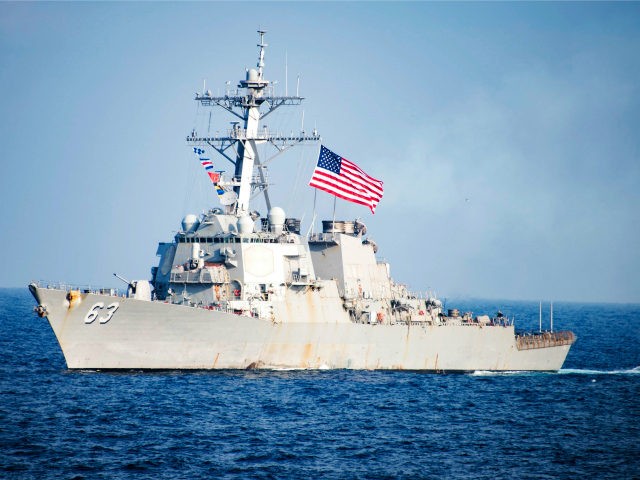
COMMENTS
Please let us know if you're having issues with commenting.